Sin Wai Kin | Dreaming the End
 On a Spring morning I went visiting Sin Wai Kin’s solo show “Dreaming the End”, open through 29 October 2023, at Fondazione Memmo in Rome where I had the chance to chat with the artist and with the curator Alessio Antoniolli about obsessions and contradictions, fluidity of perspective, research and knowledge, context and transformations, the value of the dress and more.
On a Spring morning I went visiting Sin Wai Kin’s solo show “Dreaming the End”, open through 29 October 2023, at Fondazione Memmo in Rome where I had the chance to chat with the artist and with the curator Alessio Antoniolli about obsessions and contradictions, fluidity of perspective, research and knowledge, context and transformations, the value of the dress and more.
Martina Alemani: Obsessions and contradictions are at the hearth of “Dreaming the End”, the video from which the exhibition takes the name. Why? This work, filmed in Rome and produced by Fondazione Memmo, is central to the project.
Sin Wai Kin: My experience of existing in the world, and my relationship to identity, is an experience of contradictions. The film is presenting all these different binaries, reality and fantasy, self and other, performance and authenticity, and the kind of absurdity of existing in the world and being forced into categories that often don’t make sense and don’t represent my experience.
Alessio Antoniolli: I think obsession describes the focus on making sense of ourselves and our surroundings. And contradictions are a part of growing up and evolving. It is only through self-awareness and the recognition that we live through contradictions that one can change, without this we cannot evolve.
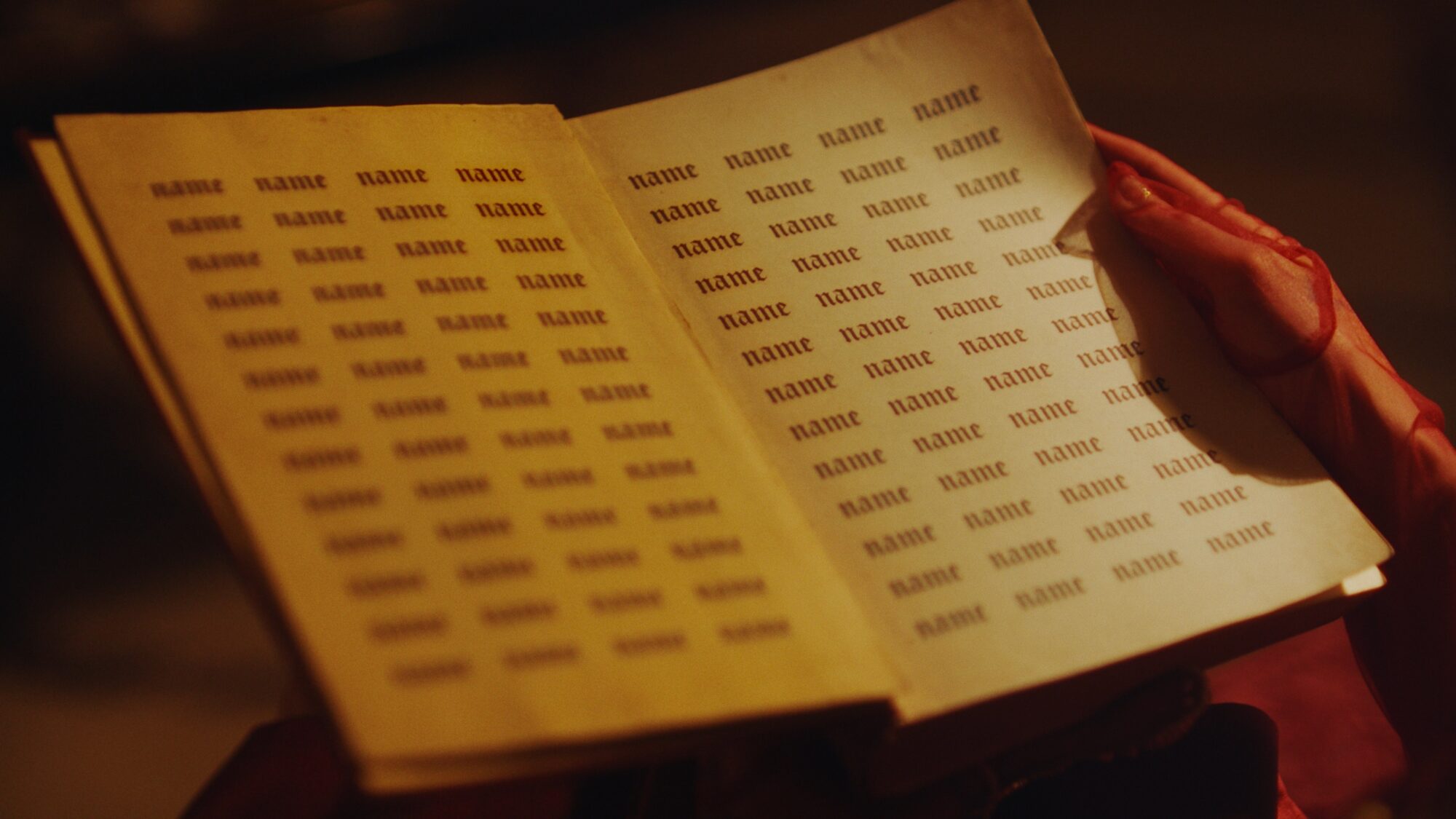 MA: So, a fluidity of perspective is a way to survive contemporary times.
MA: So, a fluidity of perspective is a way to survive contemporary times.
SWK: Yes. What I really want to express through my practice and work is the binary of fantasy and reality and the fact that we live in a world where we are told that there is one reality, but every single person has their own experience of reality. We live in a world with multiple realities, so being able to understand that—like the sense of fluidity in oneself and in the others—is essential.
AA: There is a question of whose reality we are talking about? We need to recognize that reality is a construct and therefore, whether you are telling a story or whether you are relaying a fact, it is still through the filter of one’s own experience, background, view of the world. Knowing does not cause me anxiety; it gives me options.
SWK: Absolutely, the truth is that everything is always changing. So, being comfortable with that is essential to understanding the role of the self.
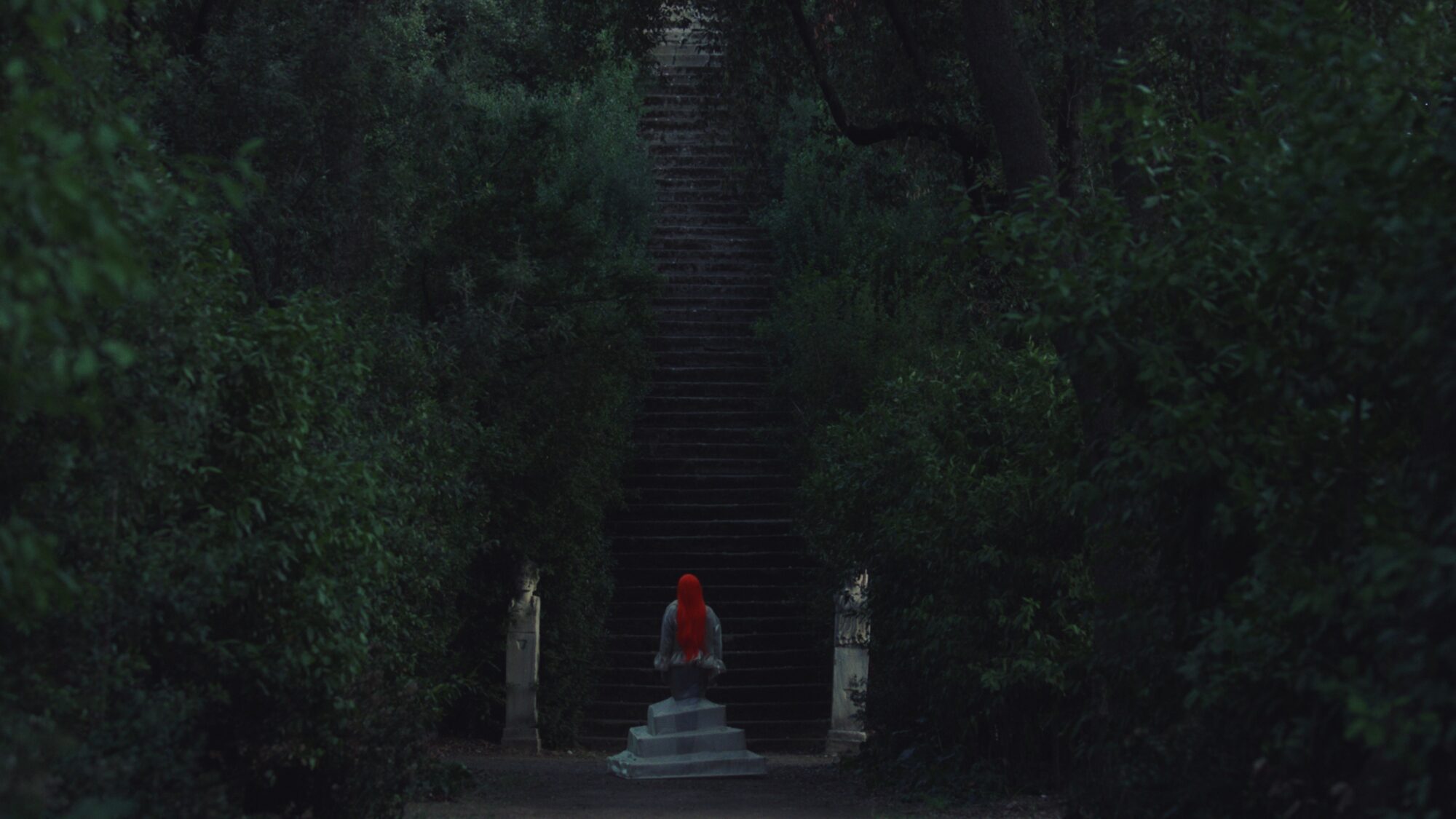 MA: Are the characters in the film representing various sides of one’s personality?
MA: Are the characters in the film representing various sides of one’s personality?
SWK: The characters all represent different areas of research and knowledge; The Storyteller is thinking about how storytelling exists in culture and how it creates ideas about truth and objective knowledge. They are an investigation of ideas of how truth reproduces through history or science or religion, and how we can think about the idea of telling the story of what reality is in any given moment as it depends on positionally. Again, to endure the binary of objective and subjective knowledge within reality and fantasy. So, to occupy the position of The Storyteller and to embody this technology of truth production in culture is to be able to tell other stories and to create my own worlds.
Whereas the character Change is the literal embodiment of the idea of transformation, of how we are never just only one thing as people are always transforming and evolving. Change meets The Storyteller and creates this idea of change within the act of storytelling, trying to change the narrative, to create new ones.
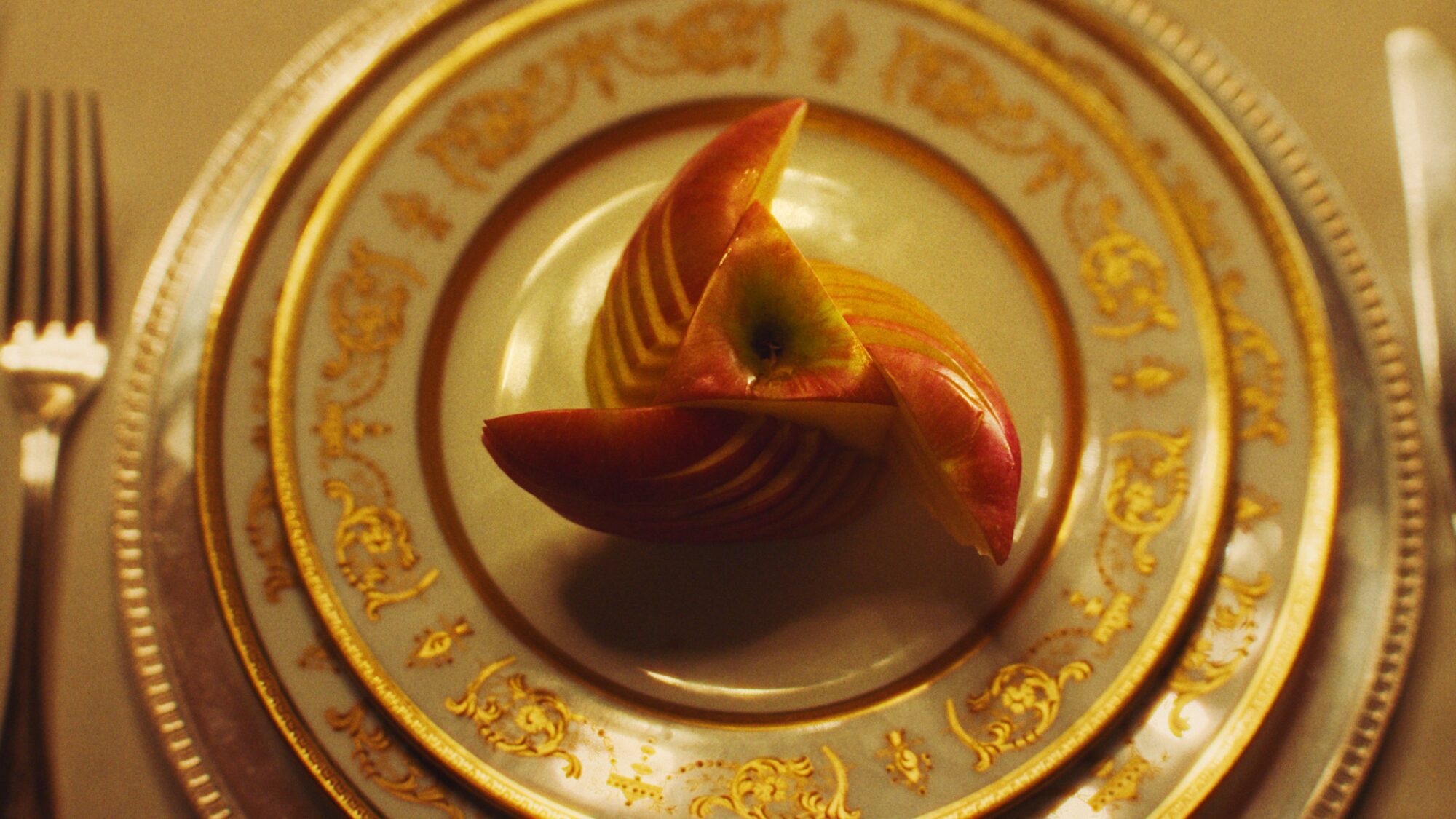 MA: What about the context? Did it also drive transformations?
MA: What about the context? Did it also drive transformations?
AA: We commissioned this work for Rome, and it is the first time that Wai Kin shoots and works with the city as context. There was a very interesting relationship between this idea of evolution of a character, of a person, but also the evolution of a city and how this incorporates contradictions while also evolving fluidly, in time. The film shows how we affect context, and how the context affects us too. Every time a setting changes, the character, the clothes, and the mood also change. However, the more you watch the film the more you realize it is the same person transforming throughout. This is true of people, true of the city of Rome and true of the way we live. Constantly going through a series of chapters that are separate and yet very interlinked.
SWK: One idea expressed in the film is that we and language, the tools that we have to express who we are, are always a reflection of the context that we exist within. So, that is also reflected in the clothes. As Alessio said the clothes and the way the characters present themselves changes every time they appear in a different context. There is an inside world in the film, and an outside world, and in different contexts they are different people, like a dream of who they could be or an alternate universe where they could exist as a different kind of person. The fact that I was able to shoot this film in Rome is amazing because Rome is such a city that is so rich, and you could almost say “heavy” with history. Everywhere you turn there is a monument, an architectural marvel that tells the story of everything that has happened in this city built on top of cities. So, it made sense telling this story in a city that is so heavy with storytelling.
For the costumes I wanted a mix of Italian design and something closer to home. The red pleated dress is Roberto Capucci, then we made Change’s stairs bowtie and the stairs dress inspired by Cinzia Ruggeri. The idea of the steps was important within the film and the idea of transformation and transitional space, steps to a different world. The pleats of Roberto Capucci’s dress were again a reference to the steps, as well as the pleats in The Storyteller’s golden outfit which was loaned from Hong Kong born and London based couturier Robert Wun.
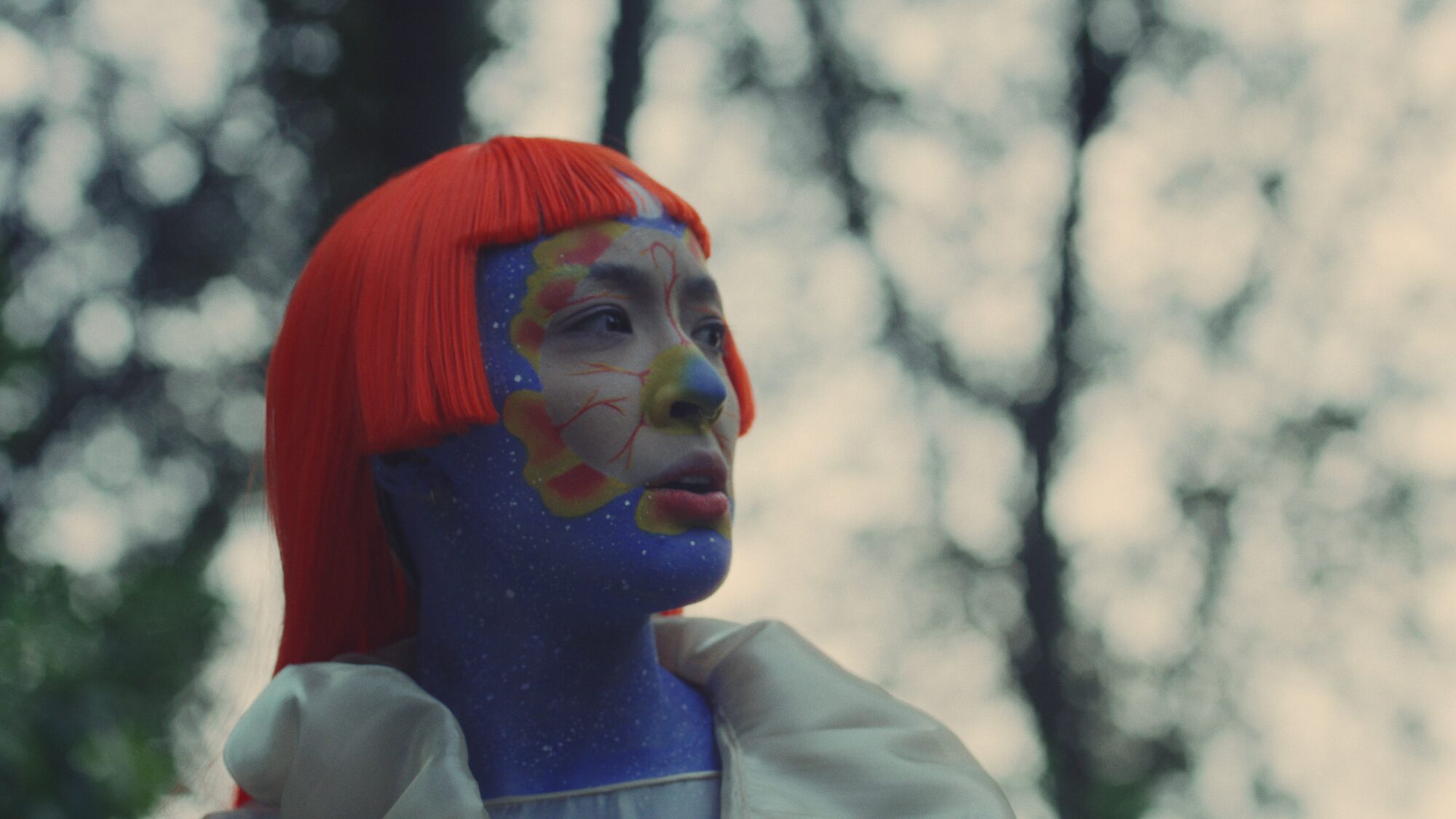 MA: So… if the context is experienced as a daydream that continually feeds our fantasy, the dress itself therefore seems to have a transformative queer value in this process…
MA: So… if the context is experienced as a daydream that continually feeds our fantasy, the dress itself therefore seems to have a transformative queer value in this process…
AA: There is something interesting around the roles of fantasy and of drag. Drag can be a safe space, particularly for the queer community; it becomes a refuge, a place of fantasy but also of self-realization. And I think constructing a fantasy that is real and a reality that is fantastic is part of getting to know oneself and is a very important element in the film.
SWK: Drag is a space of embodied fantasies that inform reality, it is an example of how fantasy can deconstruct reality. For me drag was a gateway to be able to understand myself, my gender, that I was not a woman, and then to explore binaries in identity and consciousness more broadly. There is an idea of how fantasy can function constructed through the storytelling.
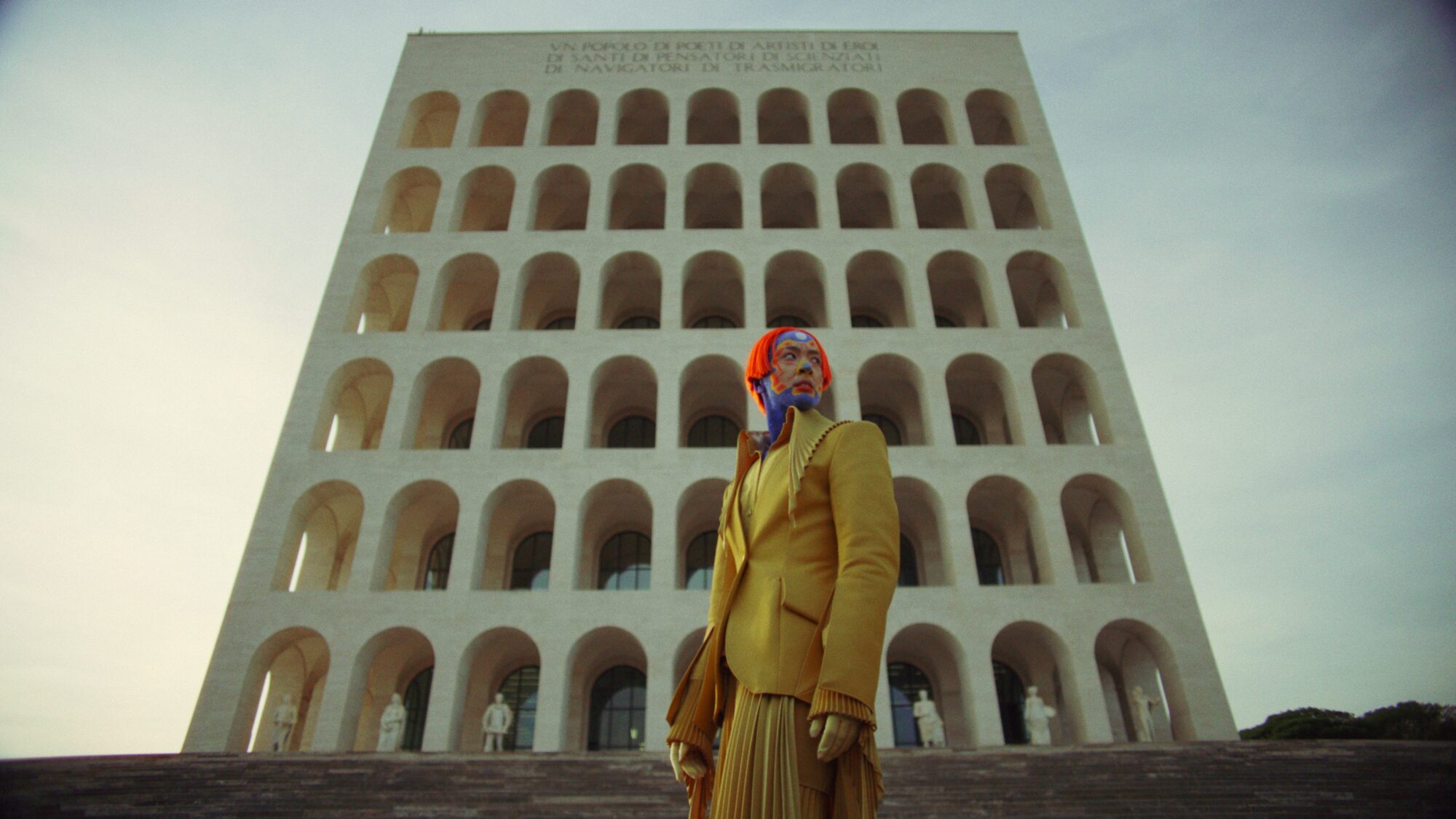 MA: What literary references support all this complex project framework?
MA: What literary references support all this complex project framework?
SWK: The main inspirations for my practice are science fiction authors, like Ursula le Guin, Octavia E. Butler, or Samuel R. Delany. These are authors that wrote works of social science fiction; where gender did not exist, or there was no carceral system, or capitalism. I was able to reflect myself in these worlds and imagine myself there. I was able to picture a different world and move towards it. That is what these writers taught me, and I carry that forward in my work.
AA: I am just reminded of the book of Octavia E. Butler where aliens and humans come together in a process of knowledge, transformation, and healing. To care through connection, through imagining a new reality is extremely powerful. I think drag has a healing power because fantasy is a space for healing. When one is able to remove the claustrophobic boundaries in which we live we can experience a different, hopefully a softer kind of proximity with each other, and possibly a different way of being altogether.
SWK: That’s in Dawn, the first book of Octavia E. Butler’s Xenogenesis trilogy, which is about the end of humanity when humans have ruined the earth and themselves. The aliens come in and they rebuild humanity but with the condition that they create a new species that is a mix of human and alien. It is all about humans reckoning with the fact that they do not want to change which I think is true of humanity, but the change is necessary to move forward.
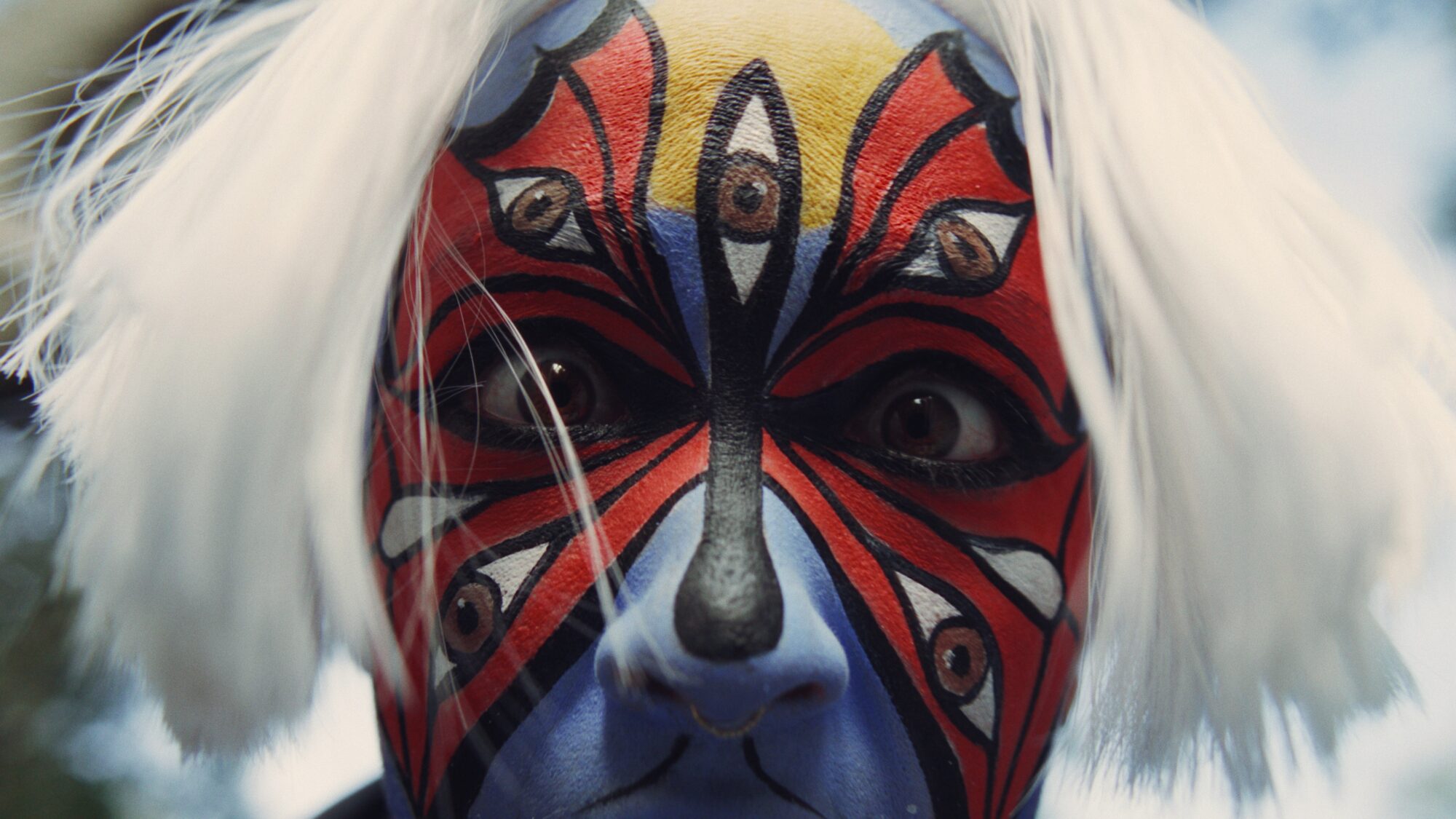 MA: Alessio, which direction are you giving to the Foundation starting from Sin Wai Kin’s exhibition?
MA: Alessio, which direction are you giving to the Foundation starting from Sin Wai Kin’s exhibition?
AA: I will be working with artists that have never shown in Italy or certainly not had a solo exhibition. It is about linking to conversations that society and the art world are having in Italy, through bringing a different voice to it, so that we can enrich the conversation.
I am excited about bringing artists to reflect on and dialogue with Rome, but who are not scared of the weight of the city. For me it’s about bringing something new and allowing it to leave a mark. It’s a big challenge but we are ready for it!
